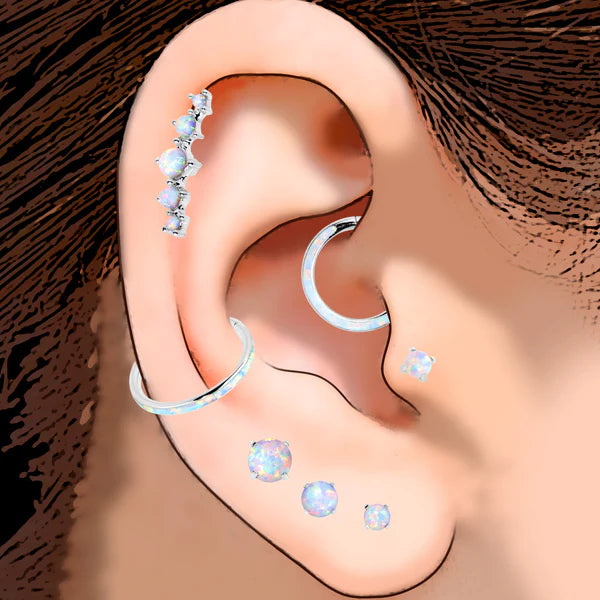Have you ever wondered what that little divot under your nose and above your lip is called? It’s called your philtrum, and it’s becoming a super popular place to pierce!

The philtrum piercing, also known as a the “Medusa” piercing, is performed like a standard horizontal lip piercing, only above the lips instead of under them. It’s generally done using a 16 gauge labret, generally 8mm long or longer to accommodate the swelling. Using a labret is important because of the flat back – you always want to try and keep jewelry away from your teeth and gums to prevent dental damage.

The most problematic aspect of a philtrum piercing is the healing process. This one is notorious for troubled healing. Most notably, the initial swelling is more pronounced than with a standard lip piercing. Also, the swelling and irritation have a way of flaring back up after they seem to have settled down, making for an up-and-down sort of healing process.

Another variation on this piercing is the vertical philtrum piercing, sometimes called a “Jestrum” piercing. This piercing enters through the philtrum but exits through the top lip itself. This piercing never makes contact with the inside of the mouth so there’s no risk of dental damage. This can be a perfect option for those who are especially concerned about their dental health. It also requires different jewelry, generally using a curved a barbell instead of a labret.
Philtrum piercings, both horizontal and vertical, are a truly great choice for those looking for a new addition to their look. The jewelry options are virtually endless, and the healing time is shorter than most cartilage piercings. If you want to add a new piercing to your face that’s as bold or as a minimalist as you’d like, it’s tough to go wrong with a philtrum piercing!






